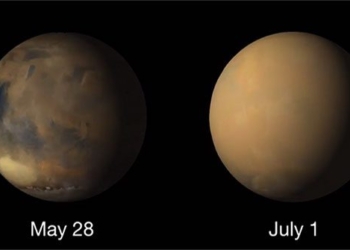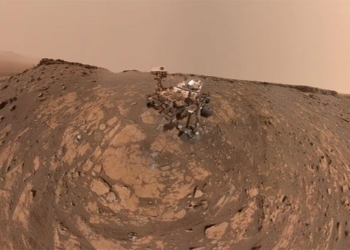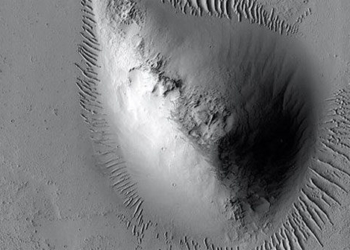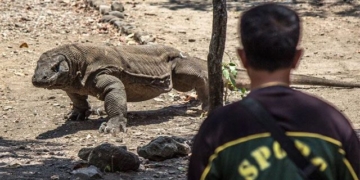China’s Mars rover sends back new selfies, showcasing a dusty surface and long tire tracks behind it.
As of March 24, the Zhurong rover has been conducting missions on the surface of the Red Planet for 306 Martian days, covering a distance of 1.78 km, while the Tianwen-1 orbiter has been circling Mars for 609 days at a distance of 277 million km from Earth.
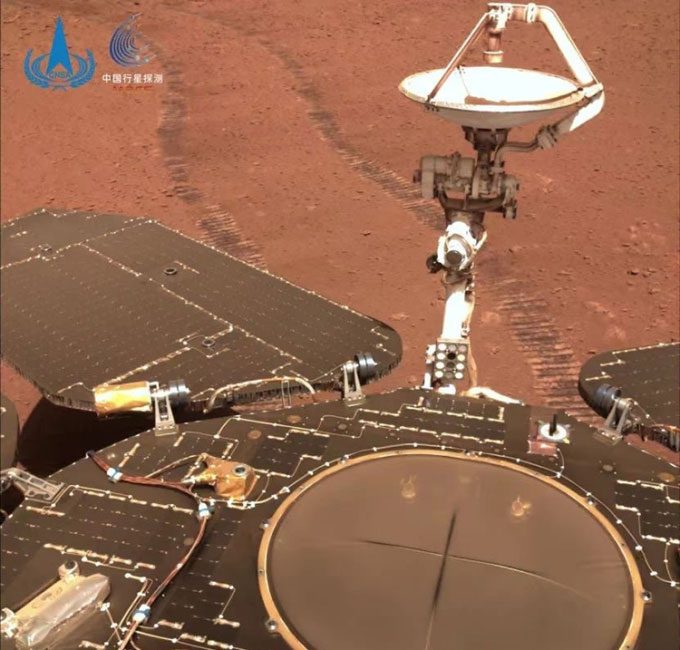
Zhurong rover selfie on Mars. (Photo: CNSA)
The China National Space Administration (CNSA) released new high-resolution images on Thursday from both the orbiter and the surface rover, highlighting the exploration area on the Red Planet.
While the Tianwen-1 spacecraft captured a clear aerial view of Zhurong’s travel path, the rover sent back a selfie from the surface, providing a closer look.
Compared to the image taken in May when the lander touched down on Mars, the new selfie shows a thin layer of dust covering the rover’s surface and two long tire tracks behind it.
According to CNSA, dust storms on Mars have directly impacted Zhurong’s energy access. Remote sensing data indicates that the dust layer has reduced the solar panel’s power generation efficiency, but it still produces enough energy for the rover to continue its exploration work.
The project team has been monitoring Martian weather through images captured by the Tianwen-1 spacecraft and discovered that since the end of January, strong winds have blown away sand, causing it to accumulate in the northern region at 60 degrees latitude.
The northern hemisphere of Mars is entering autumn, a period that often experiences dust storms. Nevertheless, scientists have not yet observed significant dusty weather in Zhurong’s exploration area.








































